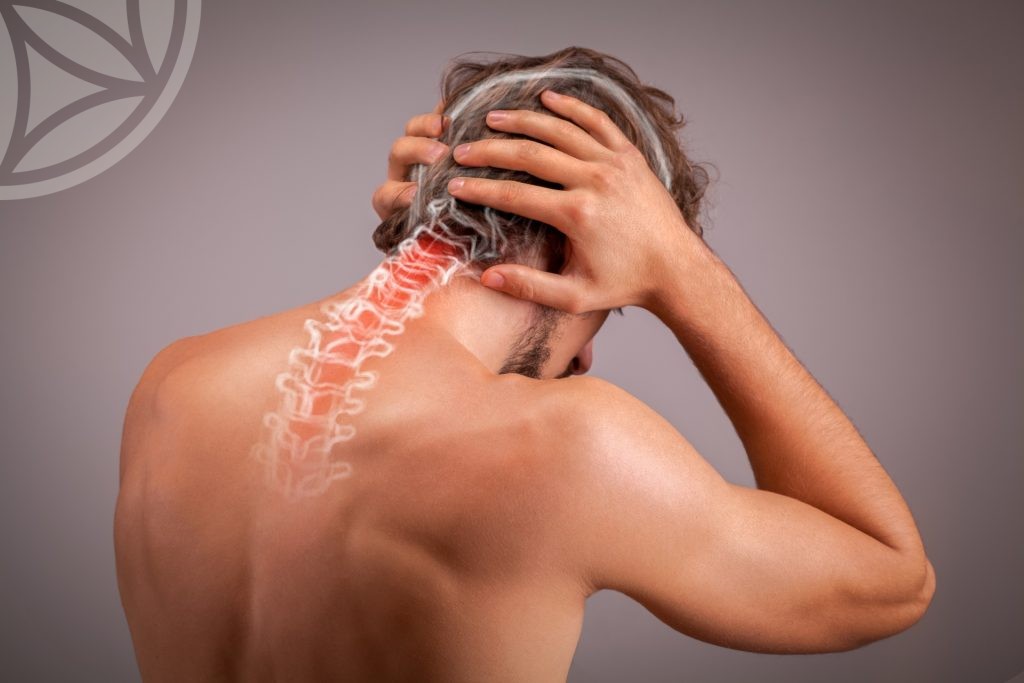To eliminate not only pain, but also the cause of its occurrence is the principle of our treatment.
Combining the principles of neurology, biomechanics, orthopaedics and neurophysiology, since ancient times manual therapy has been a highly effective therapeutic method.
Manual therapy (Lat. manus – hand) is a complex of medical techniques of manual impact aimed at eliminating pain and biomechanical disorders in certain dystrophic processes in the spine and joints.
Contrary to common prejudice, the manual therapist does not hurt. Actions are based on a deep knowledge of anatomy and structure of the entire locomotor and nervous system. Feeling pain, they often come to the manual therapist in the hope of getting rid of it. Sometimes one or two sessions are enough for a person to feel significant relief, and sometimes it takes time. It all depends on the degree of neglect of the disease.
Many people confuse manual therapy and massage, but the difference between them is significant. The masseur works only with soft tissues, while the manual therapist deals with the joints and intervertebral discs, as well as internal organs.
Massage can be just a pleasant relaxing procedure, but manual therapy is a serious treatment, and its result is not a temporary disappearance of symptoms, but complete healing. Concurrently, a systematic course of manual therapy may include a therapeutic massage.
Traditional types of manual therapy in our Clinic are:
- Manipulation technique of manual therapy. This technique uses short and not very strong jerky movements that help restore joint mobility. Most often used for manipulations in the spine and sacrum.
- Mobilization technique of manual therapy. Mobilization is a series of movements aimed at soft stretching of the vertebrae, as well as the bends of the spine. After such manipulations, the mobility of the joints increases, the blood circulation is normalized, and the oedemas disappear.
- Soft techniques of manual therapy. Soft techniques have greatly expanded the capabilities of manual therapy. They are used to improve muscle tone and condition of the ligaments, relieve pain and tension. Such techniques are characterized by the absence of sharp movements. This group includes post-isometric relaxation – a method of increasing the mobility of ligaments and muscles.
Supplementary techniques:
In addition to the classic techniques, manual therapists use other methods.
- Acupuncture. This well proven method was developed in ancient China. It is based on the association of internal organs and biologically active points located on the surface of the body. Exposure occurs with very thin sterile needles. Acupuncture is effective in many disorders, from pain syndrome to depression.
- Acupressure. The concept of action is the same as that of acupuncture, but instead of injections, point presses are used.
- Craniosacral therapy. This method is also called craniopathy or cranial osteopathy. It is an effect on the bones of the skull and sacrum, leading to a reduction in pain. The result of this impact is the improvement of the blood supply to the brain and its functions.
- Therapeutic massage. The scope of application of therapeutic massage is huge – it is used to relieve pain and tension, improve muscle elasticity and microcirculation, and functional recovery.
- Myofascial release. This technique is based on careful stretching of muscles and ligaments aimed at eliminating the so-called trigger points – painfully compacted muscle areas that appear as a result of injuries, improper posture, excessive physical exertion or a long stay in an uncomfortable position.
- Applied kinesiology. This is not so much a manual therapy technique as a whole range of measures to restore the ability to move anatomically correctly, without creating daily excessive loads on certain muscles and joints. Applied kinesiology also has a diagnostic function, since malfunctions in the functioning of organs and body systems always in one way or another affect the condition of the muscles.
- Manual lymphatic drainage. Lymphatic congestion causes constant swelling, a feeling of heaviness and pain. The soft manual lymphatic drainage technique stimulates the natural movement of the lymph and relieves these symptoms.
- Shiatsu. This is a variety of acupressure based, like acupressure, on the association of energetically active points and internal organs.
To whom manual therapy is indicated:

With the help of this method we can help patients:
- with various injuries of the spine;
- suffering from radiculitis;
- with spinal hernias;
- with osteochondrosis in any stage;
- with pain in the heart;
- with vertebral artery syndrome;
- with persistent headaches, jumps in blood pressure, manifestations of vegetative-vascular dystonia;
- when diagnosing diseases of the gastrointestinal tract, etc.
Contraindications:
It is not allowed to use this method if you have the following pathologies:
- neoplasms of the spinal cord and brain, limbs and spine;
- tumors of the joints, limbs, internal organs;
- when diagnosing specific and nonspecific infectious processes in the spine and joints, for example, with tuberculous spondylitis, osteomyelitis, rheumatism in the active stage;
- acute and subacute inflammatory disease of the joints;
- acute and subacute inflammatory process in the spinal cord and the meninges;
- ankylosing spondylitis;
- disk myelopathy;
- problems of blood clotting.
No procedures of this kind are carried out at a high body temperature of unknown aetiology, in the acute period of any disease, including flu, in a state of alcoholic intoxication, with fresh mechanical injury and high blood pressure at the time of treatment.
Relative contraindications include vertebrogenic syndromes, advanced age, congenital malformations of the spine, late pregnancy.
* Before starting treatment, it is advisable to have with you the history of the present disease along with X-rays or MRI, CT scan results.




